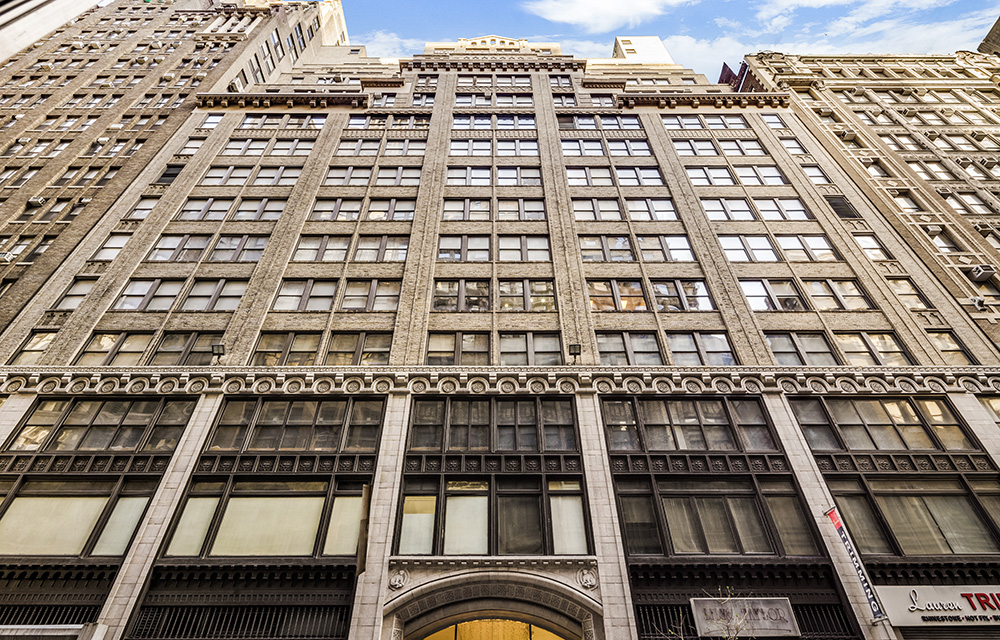Investing in our poorest communities to rebuild the U.S. - by Jim White

Right now, there are some 8,800 distressed communities across the country, identified by state and designated as Qualified Opportunity Zones (QOFs) by the federal government. They have in common the fact that they are struggling with unemployment, poverty, failing infrastructure, and population decline; they also have in common the fact that they would greatly benefit from an influx of investment dollars and commerce to reinvigorate businesses, rebuild infrastructure and bolster residents.
The struggling areas cover the entire breadth of the U.S., with diverse neighborhoods of every race, creed, color, gender and age group, though minorities are more greatly represented. Even before the coronavirus pandemic, the people living in these impoverished communities had fewer resources in place for urgent health care: fewer hospitals, fewer ambulances, fewer walk-in clinics, fewer healthcare workers. COVID-19 exacerbated the healthcare concerns. Moreover, for the residents of these communities, health and safety fears often are compounded by other stressors like drugs and crime, as well as lack of access to education.
Now, skyrocketing unemployment and daily filings of Chapter 11 by businesses across the country will expand and multiply these struggling areas at an alarming rate.
But the bipartisan Tax Cuts and Jobs Act offers a remedy. The plan, approved by Congress in 2017, laid out a bold initiative for spurring long term private sector investments in low income rural and urban communities: the investment of capital gains via QOFs.
The tax code calls for a strategy to channel economic assistance into distressed communities. For fund managers, private equity investors, institutional investors and individuals, the plan is a win-win, win-win: they benefit from the initiative’s capital gains tax breaks; they make money, possibly even an outsized ROI; they have a means of diversifying their own portfolios and reducing their exposure to equities which, in this volatile market, is critical; and they can use the strategy for multigenerational long term financial planning.
Investors save 10% of any capital gains if invested in a qualified opportunity zone business before December 31st, 2021, and have until April 15th, 2027 to pay any capital gains owed. Moreover, they can receive annual dividends, and any appreciation on the investment after ten years is tax free, making it a solid investment strategy.
The range of investment opportunities is enormous, and the data processing centers currently in the news are just the tip of the iceberg. There are opportunities in industries as diverse as agriculture to recreation.
Here are some examples of investments in opportunity zones:
- Agriculture (pre-cooling, cold storage, warehousing)
- Education (teachers’ villages, new schools, colleges, childcare facilities)
- Infrastructure (power stations, wind farms, waste removal, reservoirs, dams, pumping stations)
- Travel and tourism (ports, canals, airports, convention centers)
- Healthcare (hospitals, clinics, walk-ins)
- Recreation (amusement parks, fairgrounds, golf courses, ski resorts, sports stadiums)
- Manufacturing (factories, raw material sourcing, office space, R&D facilities)
Improvements to distressed communities, whether through constructing new facilities or renovating existing vacant properties, will build on themselves. New hubs of commerce would be established. There would be new jobs with better salaries. More people would relocate to these areas, increasing real estate values and breathing new life into local shops and stores. Residents and business owners, succeeding for the first time in decades, would beautify their homes, storefronts, public buildings, streets, parks, and monuments. Spending on infrastructure would increase, crime would decrease, and better health care resources would become available for citizens. Spread out over many communities, the nation would flourish as a whole.
Of course, many business owners don’t know they may be located in a QOZ; they don’t know they can reach out with a specific request for support and may be eligible for funding. Likewise, investors are still learning about the benefits of QOFs…The greatest of which may be the positive social impact they make on struggling Americans.
Investments have already worked miracles in several American communities. Just one example is the purchase and repurposing of a vacant hospital in Old Twin Falls, Idaho, into two apartment buildings and a charter school. We are only at the early stages of experiencing the capabilities of opportunity zones.
Vice President Biden already has indicated his wholehearted support for this initiative and pledges to enhance the program even further should he take office.
Jim White, PhD, is chairman and CEO of Post Harvest Technologies and Growers Ice Co., founder and CEO of PHT Opportunity Fund, and founder and president of JL White International, New York, N.Y.
Meridian Capital Group arranges 10-year retail lease for Mess at 236 West 10th St.


Behind the post: Why reels, stories, and shorts work for CRE (and how to use them) - by Kimberly Zar Bloorian

Strategic pause - by Shallini Mehra and Chirag Doshi

Lasting effects of eminent domain on commercial development - by Sebastian Jablonski









.jpg)

.gif)